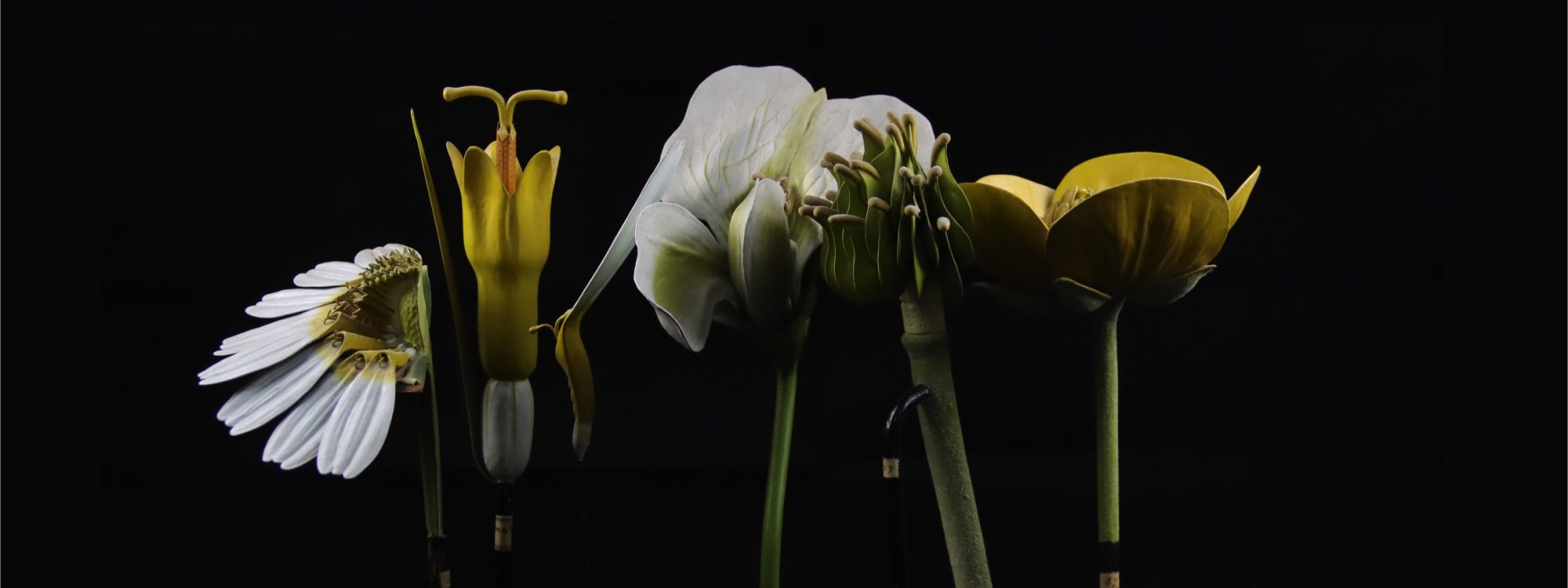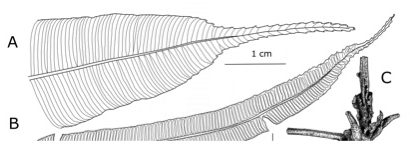Line drawings
Although a photograph might be considered the most accurate and thus the most truthful way to describe a plant, this is often not the case. The line drawings used in scientific illustration make it possible to ignore features that are irrelevant for species identification and to emphasize important features. In contrast, from a photograph it is difficult to know what characters should be looked at.
Creating accurate line drawing is laborious and requires thorough knowledge of the species in question, because only then can the image emphasize the right features.
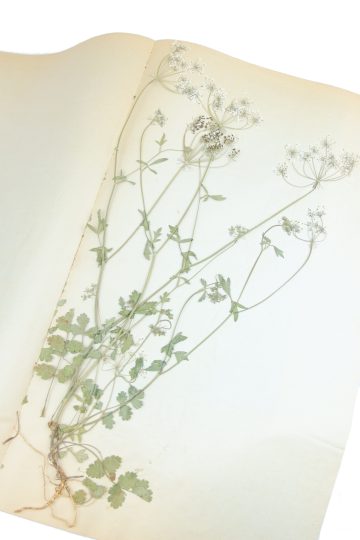
Botanical drawing is always based on a real model, which is usually a dried and pressed plant specimen.
Below is a set of botanical line drawings by Reino Alava (1915-2011), the former curator of the herbarium.
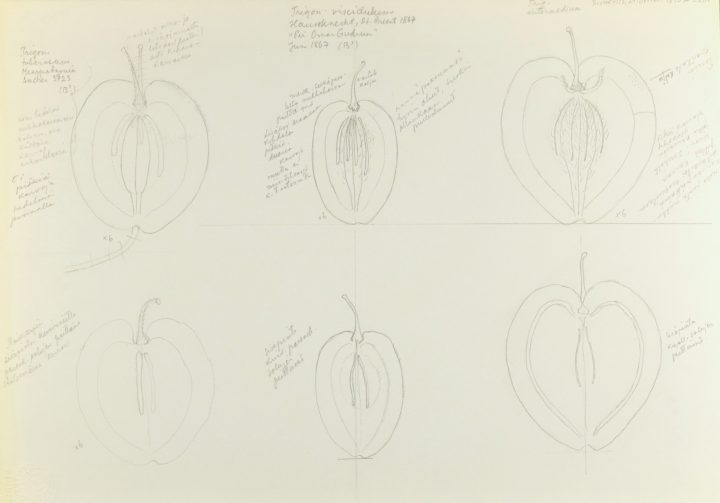
Alava studied – and drew – umbellifers (Apiaceae). Fruit characters are particularly important in identifying umbellifers. Here are Alava’s sketches of different types of fruits and notes on their important characteristics that should be made visible in the final drawings.
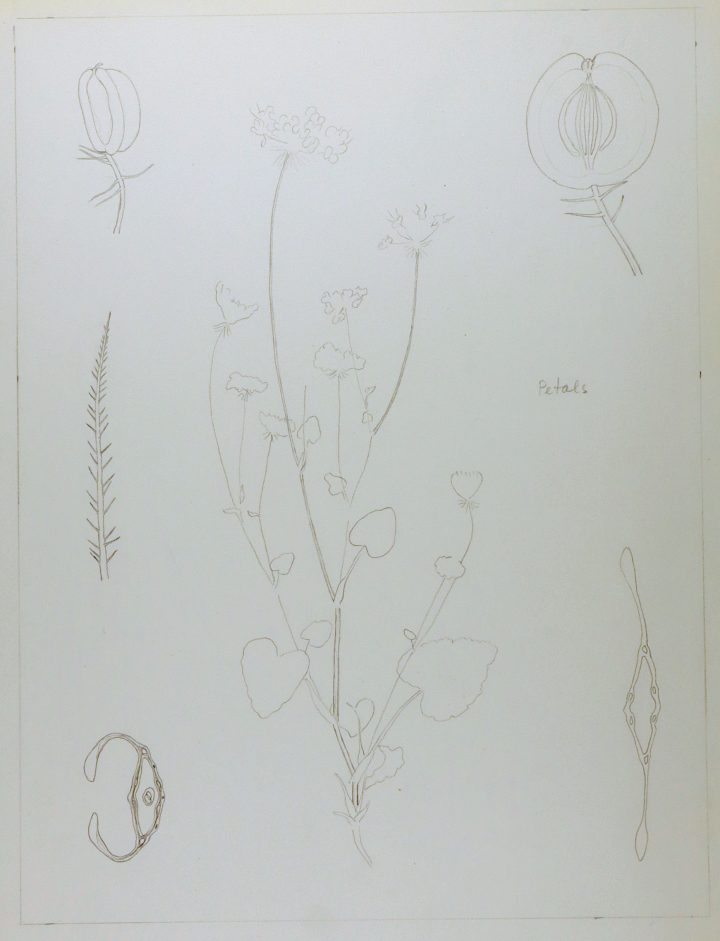
Before the era of digital drawing, it was important to outline the entire figure and compose all the detail pictures that are needed for the final drawing. Here is Alava’s pencil sketch of the figure and the details to come.
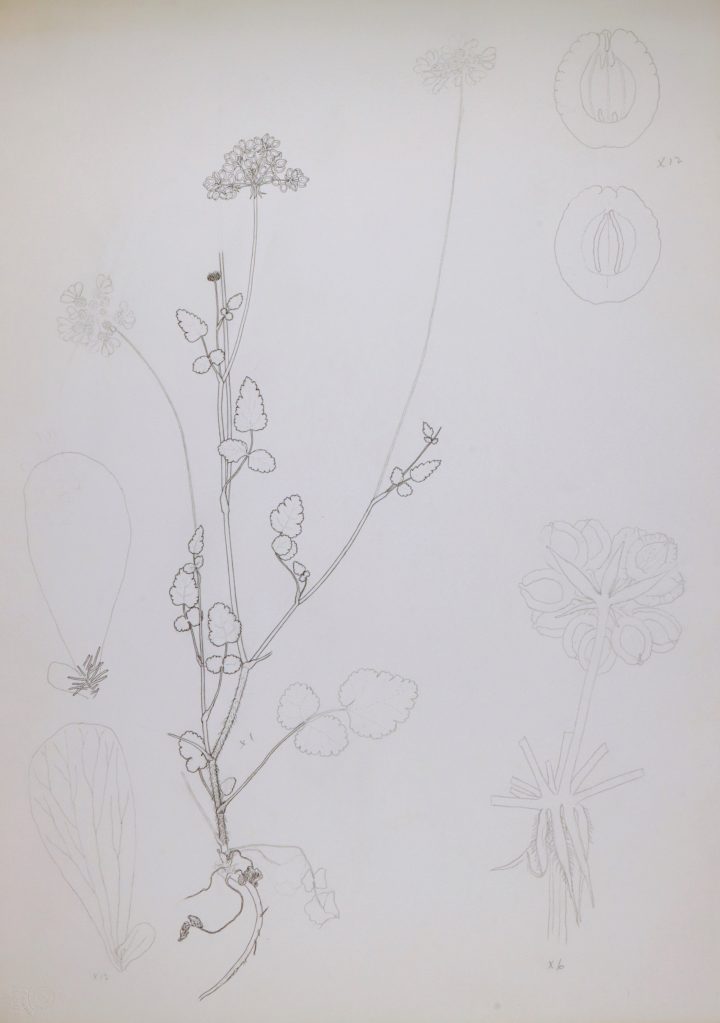
When the pencil sketch is ready, it is drawn clean with a marker. Here, Alava has started to finish the sketch he has outlined.
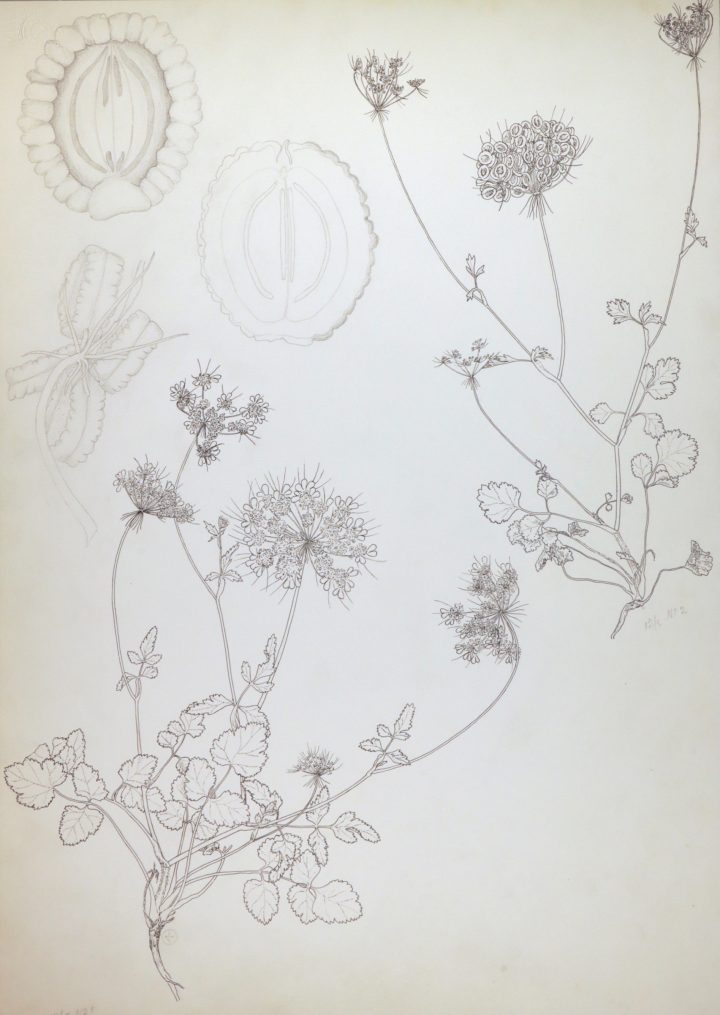
Alava has already nearly finished this drawing.

Ducrosia anethifolia. Finished line drawing. Drawn by Reino Alava.

Ducrosia flabellifolia. Finished line drawing. Drawn by Reino Alava.

